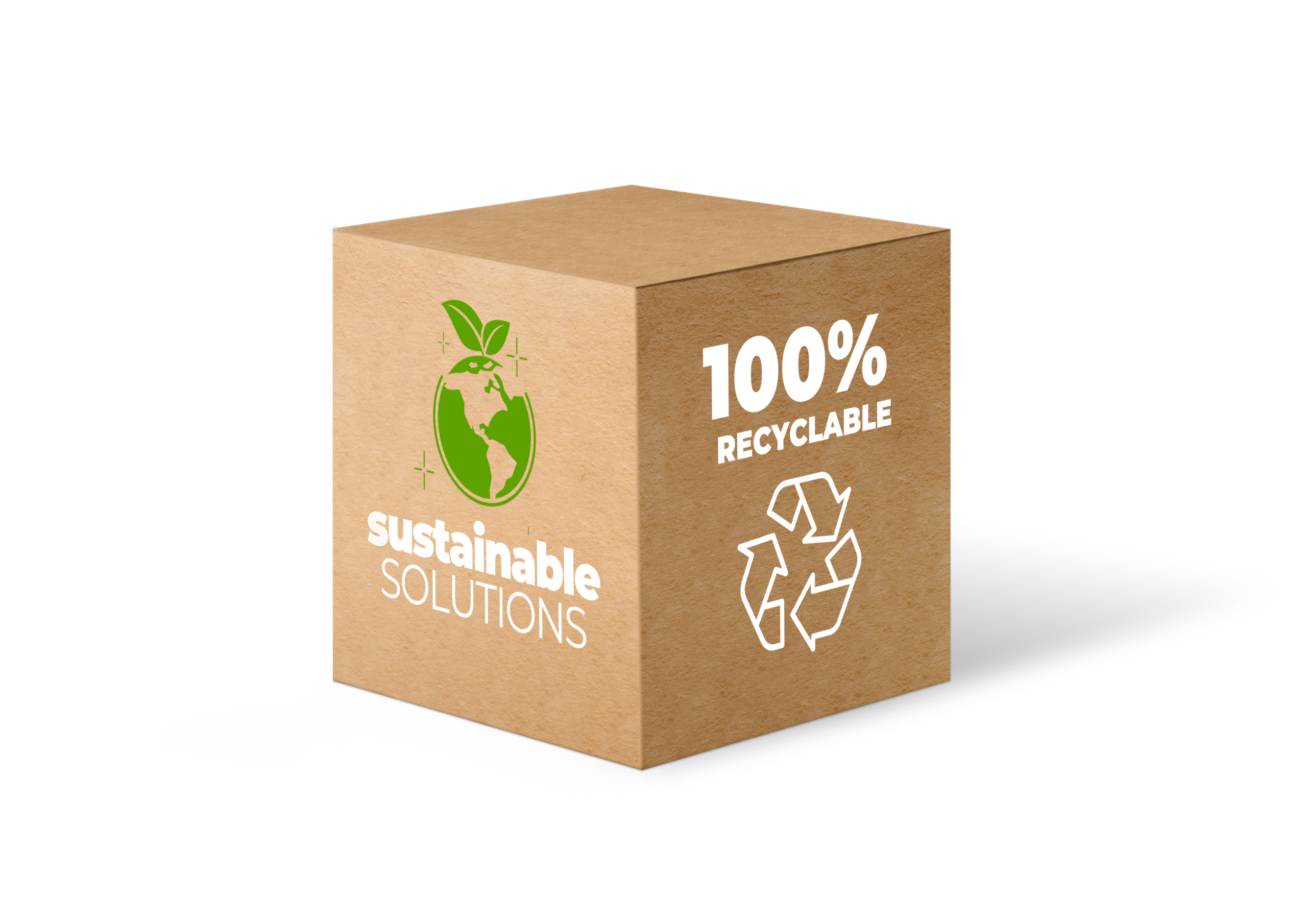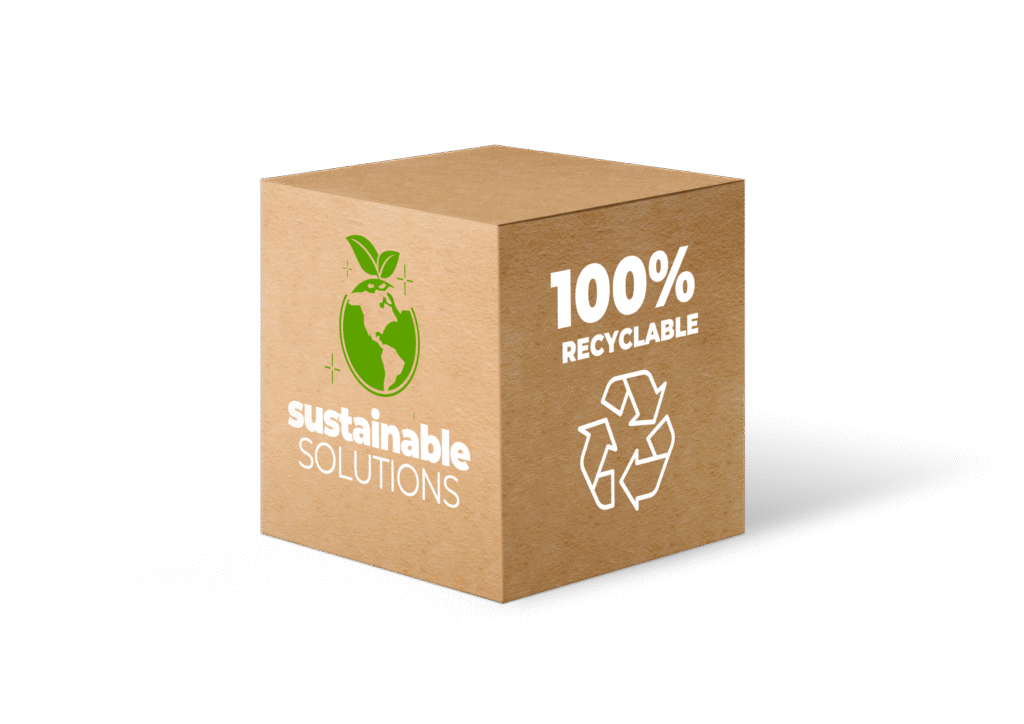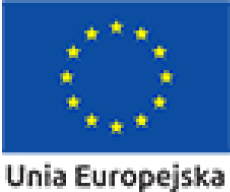Sustainable packaging and medicinal product safety

Can ecology and pharmacy go hand in hand?
In an era of increasing ecological awareness, the pharmaceutical industry faces the challenge of reconciling two seemingly conflicting objectives. On one hand, there are strict requirements regarding the safety and clarity of medicinal product packaging. On the other, pressure to implement more environmentally friendly packaging solutions is mounting. This gives rise to numerous questions about how to achieve both goals. In the tension between “must” and “should,” a key question emerges: Is it possible to create packaging that meets all pharmaceutical requirements while addressing the climate challenges of our time? Perhaps the question is no longer “if it can be done” but “who will do it first—and best?” And maybe it is precisely the pharmaceutical sector that, through innovation, interdisciplinary collaboration with printing houses, and responsible decisions, has the chance to set new standards in combining care for patients with care for the planet.

The role of pharmaceutical packaging
Packaging plays several crucial roles in pharmaceuticals, the most important of which is product protection. It shields the product from external factors (such as moisture and light) that may affect the medicinal products quality and shelf life—thereby directly influencing patient safety. Additionally, packaging must ensure safe transportation and storage without risk of damage.
The pharmaceutical sector is strictly regulated under the oversight of the Chief Pharmaceutical Inspector. In Poland, products are registered by the Office for Registration of Medicinal Products, Medical Devices and Biocidal Products. The main legal act governing pharmaceutical packaging is the Pharmaceutical Law. According to regulations, packaging must contain the product’s full name, concentration, composition, pharmaceutical form, route of administration, and, where applicable, suitability for adults or children. Special warnings, storage precautions, expiration date/batch number, and a notice to keep the product out of reach and sight of children must also be included.
Furthermore, the packaging must clearly show the address and details of the marketing authorization holder (MAH) or their designated representative, along with the marketing authorization number. Per Article 56a, the product name, strength, and form must also appear in Braille on the outer packaging.
Given these requirements, any change in packaging materials must receive formal approval. Changes to packaging design must be submitted to the URPL (Office for Registration) under Article 31, section 1c of the Pharmaceutical Law. This applies to both leaflet and outer packaging changes.
Packaging also plays a role in anti-counterfeiting. It must allow for tamper detection and include a unique 2D code (serialization), enabling verification of authenticity and tracking throughout the supply chain. In the face of increasing ecological demands, any changes to packaging design, material, or leaflet must be carefully planned and fully compliant with current regulations—posing a significant challenge for manufacturers. It is therefore essential to understand these issues to prepare properly for the transition.
What are eco-friendly packaging solutions?
Sustainable packaging is more than a trendy concept—it’s a comprehensive approach to design and production that considers both environmental needs and the high safety standards of the pharmaceutical industry.
At the material level, it involves using recycled or recyclable raw materials. Paper is a prime example of such a material. Additionally, FSC-certified materials from responsible sources can be used.
Another important topic is packaging enhancement through printing. While supplement brands aim to make their products stand out on the shelf, they must also account for increasing market demands and legal requirements promoting “eco-design”—design aligned with sustainability principles. So how can aesthetics and function be balanced with ecological responsibility? Packaging experts can assist manufacturers in finding the right solutions.
However, packaging sustainability goes beyond materials and design. It encompasses the entire product life cycle—from raw material sourcing and production to disposal. Therefore, reducing carbon footprints is increasingly important: automation, digitalization, material usage optimization, and renewable energy all help cut CO₂ emissions and production waste.
That said, pharmaceutical packaging is not just an information carrier—it is a barrier protecting the drug from elements that may affect its efficacy and safety. Packaging must be chemically inert, must not react with the active substance, and must provide sufficient protection—particularly against microorganisms, light, and moisture. This is where the main challenge lies: not every eco-friendly material meets pharmaceutical standards.
Developing sustainable packaging thus requires close cooperation between pharmaceutical companies and specialized packaging printers. Only then can solutions be created that are both safe and environmentally responsible—proving that ecology and pharmacy can not only coexist but jointly lead the way in modern industry development.

Amendment to EU Packaging Law – what impact will it have on the pharmaceutical industry?
Regulation (EU) 2025/40 of the European Parliament and of the Council of 19 December 2024 on packaging and packaging waste (PPWR) introduces changes to existing regulations on packaging and packaging waste, including Directive 94/62/EC. The main goal of the Regulation is to establish legal provisions that will contribute to reducing the negative environmental impact of packaging and packaging waste. This is to be achieved by limiting the production of unnecessary packaging and improving the quality of recycling within the so-called closed-loop system.
This amendment has a significant impact on the pharmaceutical industry, which must adapt to the new recycling targets.
A key change concerns packaging recyclability. According to the Regulation, by 1 January 2030, all packaging used in the European Union must be recyclable, meaning it should be specifically designed with recyclability in mind. Furthermore, from 1 January 2035, such packaging must be suitable for large-scale recycling.
The PPWR requires an increase in the recycled content of packaging materials, which may compel the pharmaceutical industry to adjust its production processes and the materials used for packaging products covered by the Regulation. It should be noted that changing the materials used for primary packaging of dietary supplements and cosmetic products necessitates conducting appropriate tests to confirm that the packaging meets product safety requirements.
Another notable provision for the pharmaceutical industry is the packaging minimization requirement set out in Article 9 of the Regulation. It imposes an obligation to design packaging in such a way that its weight and volume are limited to the minimum necessary to ensure its functionality. As a result, it will no longer be permissible to place on the market packaging that is not essential for meeting the performance criteria defined in the Regulation. This applies to packaging whose sole purpose is to increase the product’s apparent volume. Empty space within packaging must also be reduced to the minimum necessary to ensure functionality.
In light of this requirement, it should be emphasized that the size of medicinal product packaging is dictated not only by the dimensions of the medicine itself, but also by the need to include a patient information leaflet and specific information required under Directive 2001/83/EC.
How can printing house support circularity and eco-packaging in pharma?
Today, the role of printing houses in sustainable pharmaceutical and dietary supplement packaging extends far beyond merely executing orders- or at least it should, if we want to build partnership-based business relationships. More companies are realizing that choosing the right packaging partner is not just about cost—it’s a strategic decision affecting brand image, regulatory compliance, and environmental footprint.
Early-stage collaboration is key. By involving print specialists during the design phase—alongside graphic designers and brand owners—it’s possible to plan solutions that combine aesthetics, functionality, and sustainability while staying on budget.
The design of pharmaceutical packaging doesn’t have to be dull or limited to plain cardboard—quite the opposite. Thanks to modern printing technologies and advanced design expertise, it is possible to create packaging that is colorful, visually appealing, and fully environmentally friendly. Everything depends on the selected technologies and materials. A good-looking package does not exclude its recyclability. It is essential to plan from the very beginning the use of materials and production processes that will make the packaging recyclable—for example, using certified cardboard or dispersion coatings that do not hinder waste separation. The printing house, as a partner in this process, can not only recommend the best material solutions but also propose technologies that reduce raw material consumption, energy use, and CO₂ emissions—for instance, through automation or production methods that minimize post-production waste.
One of the most effective strategies is reducing over-packaging—matching package size and structure to the actual needs of the product. With digital tools and design expertise, packages can better protect medicines while requiring fewer materials. This not only cuts emissions but
Co-designing future-oriented packaging is no longer just a trend—it’s a necessity and an opportunity to build a strong, responsible brand. Partnering with a printing house that understands industry needs and can balance aesthetics with sustainability opens the door to solutions aligned with the entire value chain’s development goals.
Still, packaging must fulfill its core role—ensuring the safety, integrity, and resistance of medicinal products to light and moisture. Sustainability cannot come at the expense of quality. Therefore, collaboration with printers must be based on shared knowledge, a spirit of innovation, and flexible project planning. A printing house partner that invests in staff competencies, tracks regulatory changes, and adopts cutting-edge technologies can significantly support circularity in pharma.
Advanced IT systems in modern printing houses also contribute. Newer machines use less energy, and automation allows for more sustainable production. Smart systems for monitoring and data analysis enable precise planning and raw material optimization, reducing waste. For instance, intelligent resource management tools can adapt material quantities to real-time production needs, preventing overproduction and waste. Digital tools also allow full lifecycle tracking—from design to production to distribution—highlighting areas for further improvement.
These advancements help lower production costs and meet stricter environmental standards and consumer expectations. Applying advanced technologies to packaging is a key step toward a more responsible and sustainable future—where pharmaceutical innovation can be harmoniously combined with environmental stewardship.
It is worth mentioning the opportunities brought by the development of IT systems in printing houses. Modern machines are more environmentally friendly, as they consume less energy during operation. Combined with automation, this means that packaging production can become more sustainable. Companies are now able to manage their production processes more efficiently and in a more eco-conscious way. Automation, together with advanced monitoring and data analysis systems, enables precise planning of raw material usage, leading to optimization and waste minimization. For example, intelligent resource management systems can adjust the quantity of materials used according to current production needs, eliminating overproduction and reducing waste generation. Moreover, digital tools make it possible to monitor the entire lifecycle of the packaging—from design, through production, to distribution—facilitating the identification of areas for further improvements and reductions. Thanks to such solutions, companies can not only reduce production costs but also meet increasingly strict environmental standards and growing consumer expectations for sustainability. The use of advanced technologies in packaging production is therefore a key step toward a more responsible and sustainable future, in which the pharmaceutical industry can harmoniously combine innovation with care for the planet.
All of this demonstrates that sustainable solutions are no longer a barrier but an opportunity—for manufacturers, for the environment, and for consumers who are increasingly making conscious choices in favor of responsible brands. The integration of ecology and pharmaceuticals is a demanding process, but a feasible one—provided it is carried out from the start through close cooperation among all elements of the value chain.

Challenges and opportunities of implementing eco-friendly packaging solutions for pharmaceuticals
The implementation of sustainable packaging in the pharmaceutical industry is a process that brings both challenges and tremendous potential. One of the main limitations is cost—eco-friendly materials, new packaging designs, and often the need to modernize production lines involve higher investment expenditures. Additionally, changing raw materials and designs requires strict compliance with regulations governing the safety of medicinal products. Nevertheless, despite these difficulties, the move towards sustainability is not only becoming a necessity in the context of evolving legislation but also a strategic opportunity to build a competitive advantage.
On the other hand, growing consumer awareness opens new doors for manufacturers. Patients and customers are increasingly expecting that products—including medicines and supplements—are produced in an environmentally responsible way. Transparency in these efforts builds trust in a brand and strengthens its market position. Furthermore, advancements in science and material technologies are enabling the development of packaging that combines high functionality, effective pharmaceutical protection, and full alignment with sustainable development principles.
Global environmental initiatives are also playing an increasingly significant role, influencing national regulatory frameworks. The pressure to reduce emissions, carbon footprints, and material waste is intensifying, pushing the entire supply chain—including the pharmaceutical sector—toward change. In this context, manufacturers who invest in green solutions today gain not only a market edge but also readiness for future legislative developments. Proper preparation—both technologically and strategically—can turn challenges into real growth opportunities.
Sustainable pharmaceutical packaging is no longer optional. It is becoming a requirement driven by regulation, consumer expectations, and real environmental needs. Implementing such solutions is a complex process that demands expertise, experience, and strategy, as any compromise on quality or safety could have serious consequences. That’s why the key question is not whether to adopt eco-friendly packaging—but with whom.
The right partner—a printing house that understands the specific needs of the pharmaceutical industry, keeps pace with regulatory changes, and has the necessary technological capabilities—can help not only meet new requirements but also significantly increase a brand’s value and credibility.
Which brings us to the crucial question: should you entrust this task to a printer who competes solely on price, or to a partner who understands the industry and supports you at every stage of your mission—fully aligned with your business goals and challenges?

Przeczytaj także...
See more entries
Industry 4.0 in an offset printing house

What awaits the packaging market in 2025?


